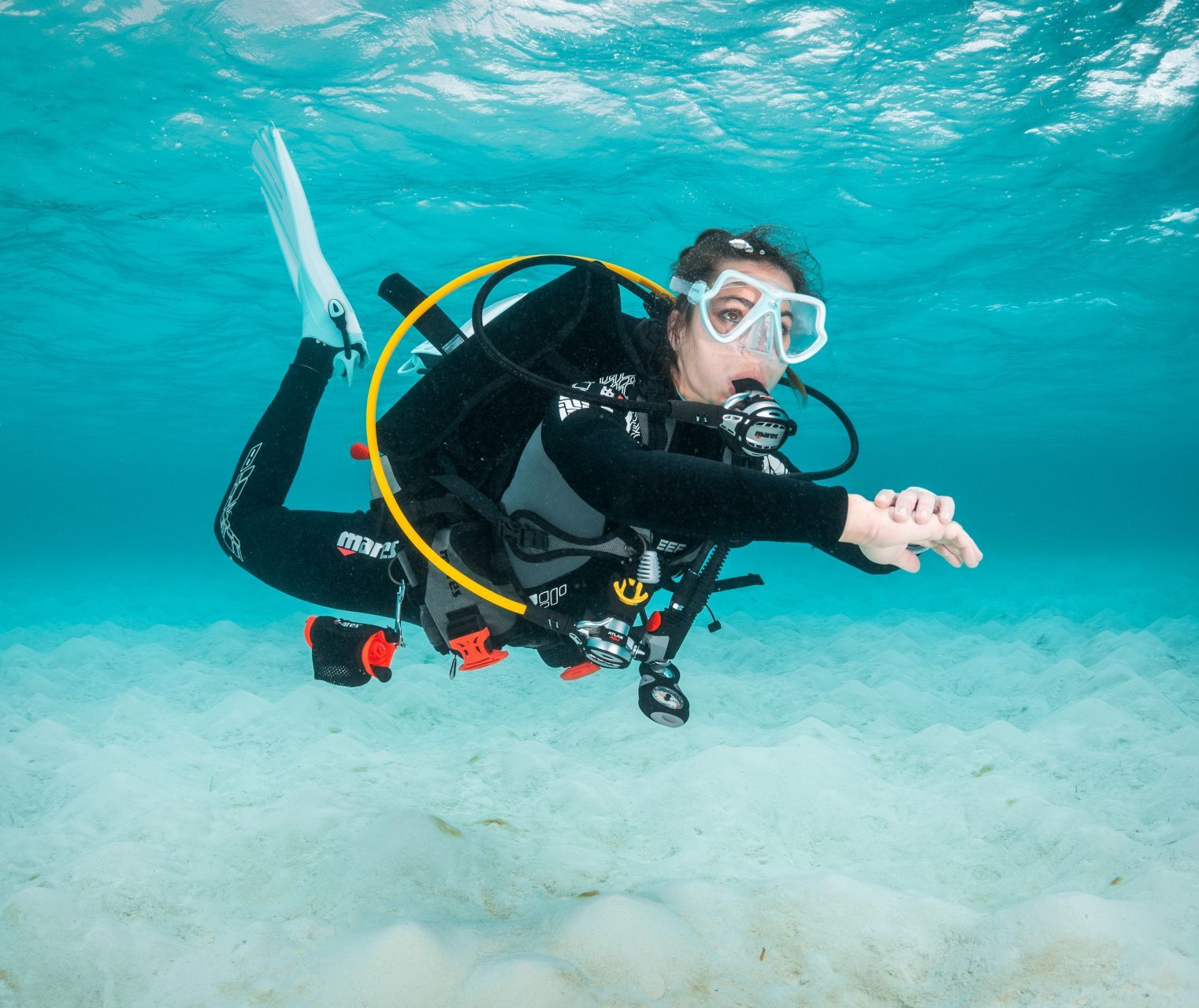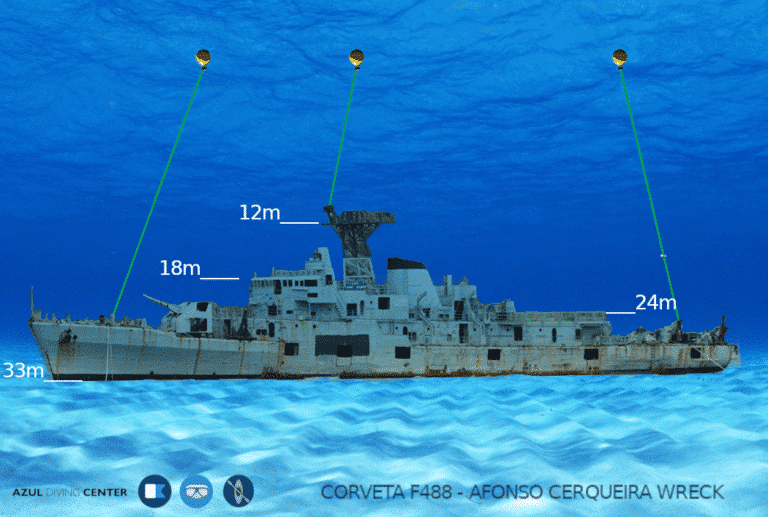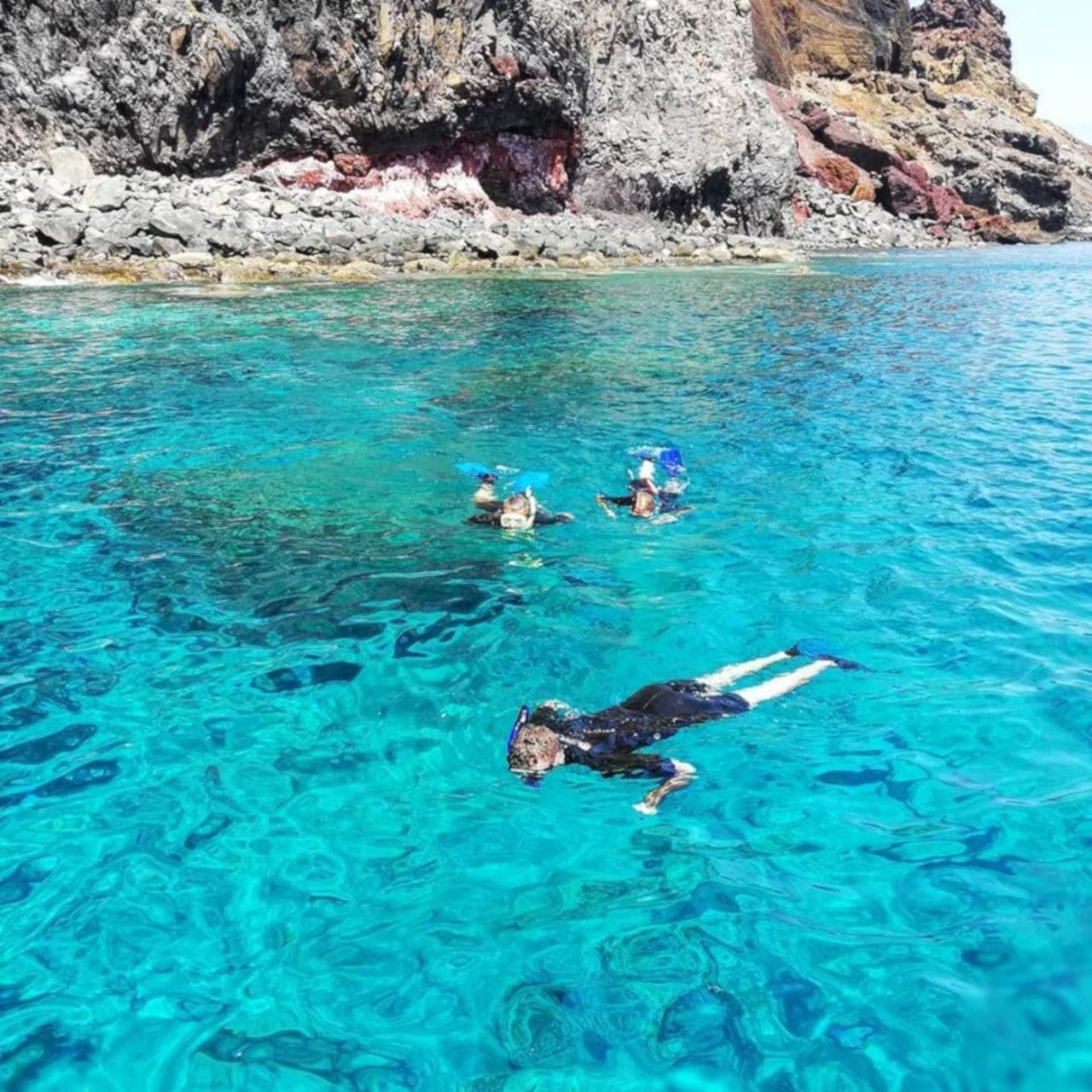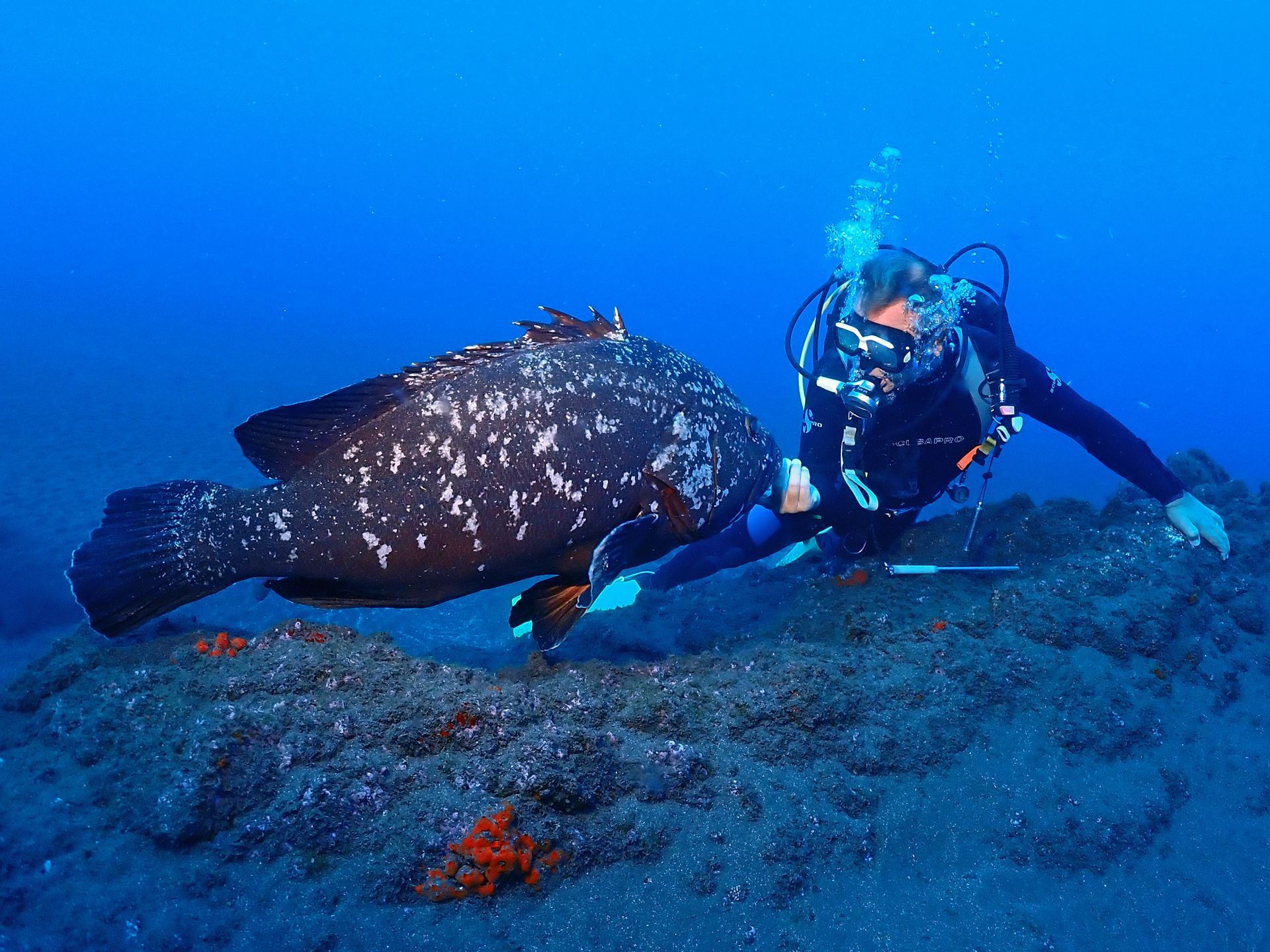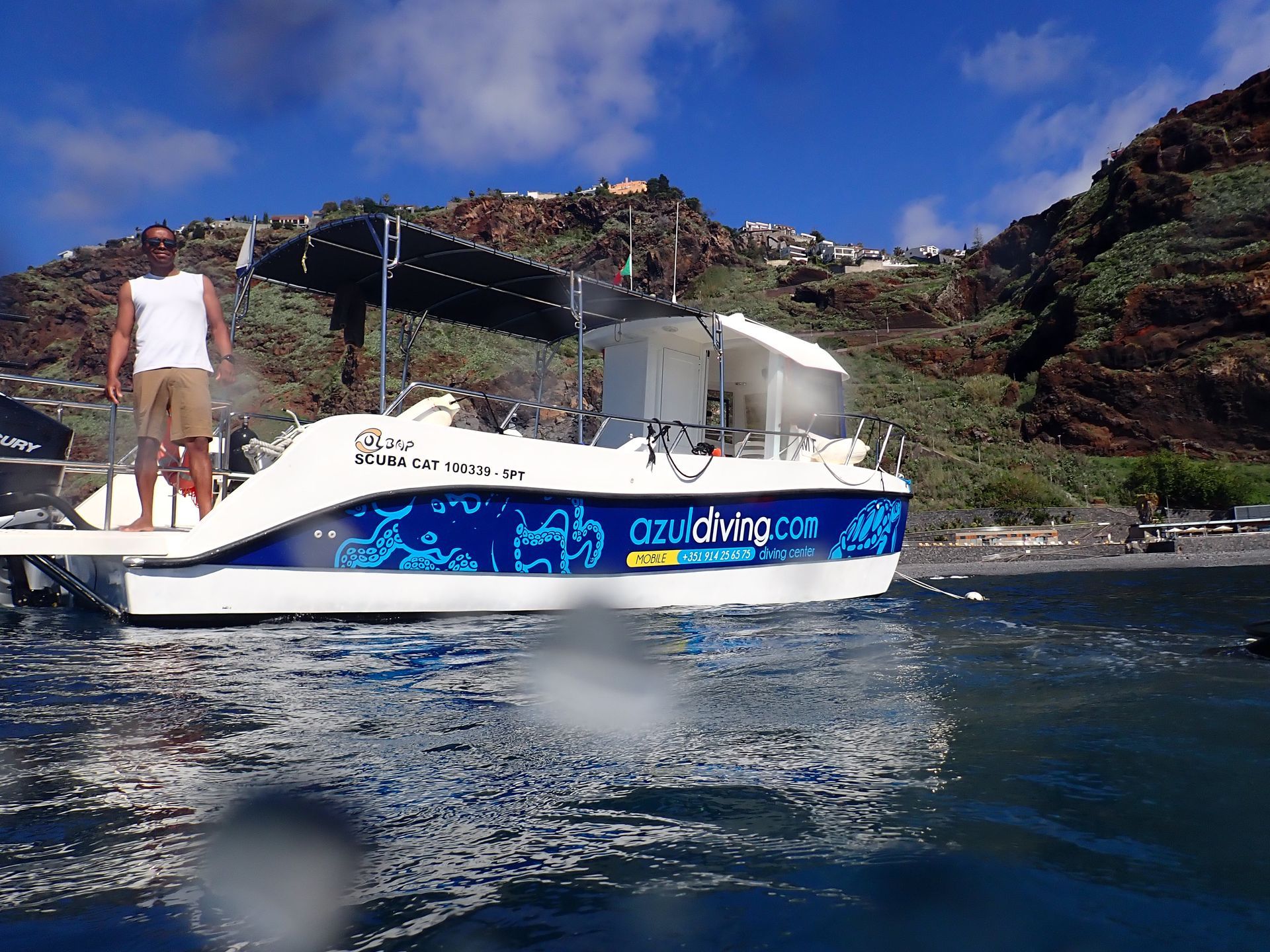Monk Seals in Madeira: The World’s Rarest Seal

Madeira Island, an archipelago in the Atlantic Ocean, is not only known for its stunning landscapes and lush greenery but also for its incredible underwater world. As scuba divers explore the depths around Madeira, they encounter a variety of marine life, including the elusive monk seal—the rarest seal in the world.
Located on the extreme east of the island, Ponta de São Lourenço offers crystal-clear waters, vibrant marine life, and dramatic underwater landscapes. It’s the only place on the island where you can spot the elusive monk seal. Rays, barracudas, octopuses, and even black coral add to the allure of this dive site. For adventurous divers, there are challenging sites that plunge to depths of up to 40 meters.
The Mediterranean monk seal (Monachus monachus) is one of the world’s most endangered marine mammals, with fewer than 600 individuals currently surviving. This elusive species belongs to the family Phocidae and is the sole member of the genus Monachus.
Let’s dive into the fascinating world of this rare seal.
Description and Characteristics
- Size and Appearance: At birth, these seals measure approximately 80 centimeters (2.6 feet) in length, growing to an average of 2.4 meters (7.9 feet) as adults. Males are slightly larger, weighing around 320 kilograms (710 pounds), while females weigh about 300 kilograms (660 pounds). Their fur is black (males) or brown to dark grey (females), with a paler belly that is close to white in males2.
- Distinctive Features: The Mediterranean monk seal has a short, broad, and flat snout with long nostrils that face upward. Unlike their Hawaiian relatives, which have more forward nostrils, these seals have pronounced upward-facing nostrils. Their flippers are relatively short, and they possess two pairs of retractable abdominal teats, unlike most other pinnipeds2.
- Reproductive Behavior: These seals typically give birth in inaccessible undersea caves, although historical records indicate they once used open beaches. Pups are about 1 meter (3.3 feet) long and weigh around 15–18 kilograms (33–40 pounds). Their skin is covered in dark brown to black hair, which is replaced after six to eight weeks by shorter adult hair. Adults continue to molt annually, resulting in changing color vibrancy throughout the year.
Habitat and Distribution
- Isolated Subpopulations: As of 2015, fewer than 700 Mediterranean monk seals survive in three or four isolated subpopulations. These subpopulations are found in the Mediterranean Sea, especially in the Aegean Sea, the archipelago of Madeira, and the Cabo Blanco area in the northeastern Atlantic Ocean.
- World’s Rarest Pinniped: This species is believed to be the world’s rarest pinniped, making its conservation critically important. Efforts are underway to protect their habitats and promote their survival2.
Conservation Efforts
- IUCN Status: The Mediterranean monk seal is classified as “Vulnerable” by the International Union for Conservation of Nature (IUCN) and is listed on Appendix I of the Convention on International Trade in Endangered Species (CITES).
- Preserving Their Habitat: Responsible diving practices and respect for marine life play a crucial role in preserving the monk seal’s habitat. By ensuring their safety and minimizing human impact, we can contribute to their survival.










